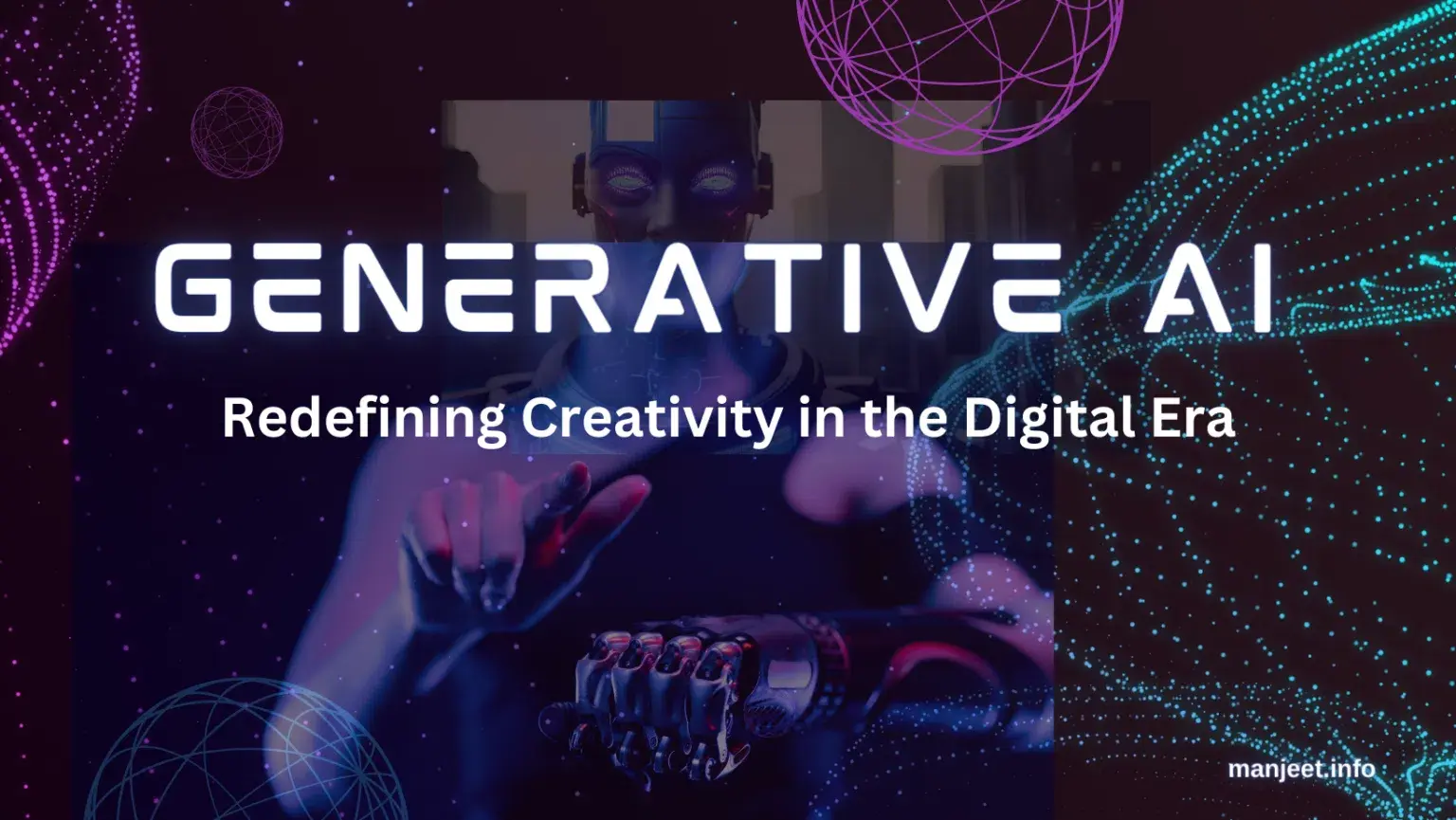Generative AI has emerged as a transformative force, reshaping the landscape of creativity and innovation. In this comprehensive guide, we’ll delve into the intricacies of Generative AI, exploring its applications across various industries and understanding the technology that powers it.
Understanding Generative AI
Generative AI is a branch of artificial intelligence focusing on creativity and producing new content. Unlike discriminative models, which classify and categorize data, generative models create new data based on patterns learned from existing datasets. Notable algorithms in this field include Generative Adversarial Networks (GANs) and Variational Autoencoders (VAEs).
Applications Across Industries
Art and Creativity: Generative AI makes waves in art, music, and literature. Artists and musicians are leveraging algorithms to generate unique pieces, pushing the boundaries of traditional creative processes.
Healthcare: Generative AI is used for medical image generation in the healthcare sector, helping create synthetic datasets for training machine learning models and aiding drug discovery processes.
Marketing and Design: Graphic designers and marketers benefit from Generative AI in content creation. The technology enhances creative workflows, from generating marketing materials to designing product visuals.
The Technology Behind Generative AI
Generative AI relies on sophisticated algorithms and neural networks. These networks are trained on vast datasets, learning patterns and correlations within the data. For instance, GANs consist of a generator and a discriminator, engaged in a continuous feedback loop until the generator produces content indistinguishable from real data.
Challenges and Ethical Considerations
While Generative AI offers immense potential, it brings challenges and ethical concerns. There are issues related to biases in training data, and the rise of deepfake technology raises questions about misinformation and identity theft. Striking a balance between innovation and ethical use is crucial.
Future Trends and Developments
The landscape of Generative AI is dynamic, with ongoing research and emerging trends. Continuous algorithm advancements, increased computing power, and interdisciplinary collaborations point towards a future where AI-driven creativity becomes more accessible and impactful. However, ethical and societal considerations will play a crucial role in shaping the trajectory of Generative AI.
How to Get Started with Generative AI
For those looking to explore Generative AI, there are abundant resources available. Online courses, books, and tutorials provide a structured approach to learning. Popular programming languages include Python, and tools such as TensorFlow and PyTorch are widely used for building generative models. Beginners can start with simple projects like image generation and gradually delve into more complex applications.
Read also
Can AI Replace Software Developers? The Truth About the Future of Coding
Large Language Models (LLM): The Next Big Thing in AI
